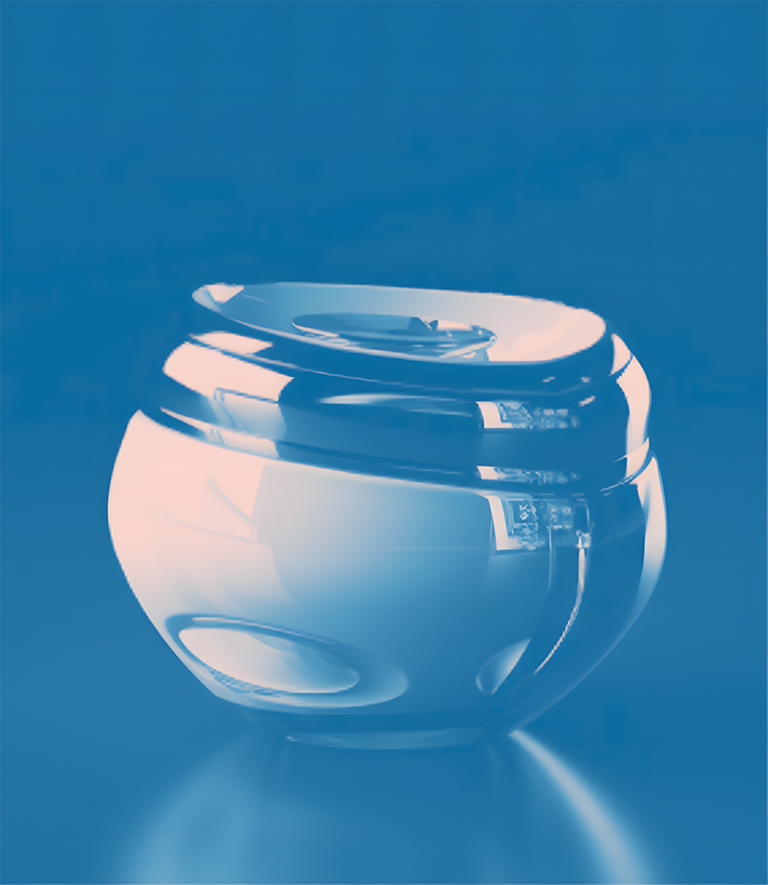What will the packaging of the future look like?
In this age of the climate crisis, eco-friendly packaging could well become essential in the luxury sector. With technological advances, innovative uses and the development of new aesthetic standards, there is plenty of inspiration for the sector to combine attractive design with sustainable values. Below is an overview of the latest strategies in this field.
Even though the values of sustainable development and luxury may seem contradictory, they’re actually very similar. Luxury means beautiful, rare and precious. In this context, preserving resources is therefore in our interest.
Other companies are exploring innovative ways to improve their products’ end-of-life. For example, champagne brand Veuve Clicquot has adopted a printing/knitting process known as “3D knitting” to produce its recycled polyethylene terephthalate (rPET) boxes, using exactly the right amount of materials, and thus reducing the volume of waste produced by around 30%. The use of mono-materials is another key trend, such as the bamboo and sugarcane fiber shell designed by Chanel to protect its iconic N°5 fragrance, or the Sweet Collection developed by Texen, for cosmetics in stick form, made of 100% polypropylene (PP), which can be directly recycled.
2
Develop innovative new shapes
While water is the main ingredient in cosmetic products – representing between 60 and 80% of the formula for a cream and up to 95% for a shower gel or shampoo – products in solid format are also an effective way of decreasing the size of packaging and as a result, the amount of materials used. For example, Chanel’s cleansing foam powder with red camellia (which must be diluted in a small amount of water) is fully in keeping with this trend for “waterless beauty products”.
We need to create a new type of aesthetics. People are also willing to buy products sold in bulk because they can still create something beautiful with their jars, while still very minimalist.
